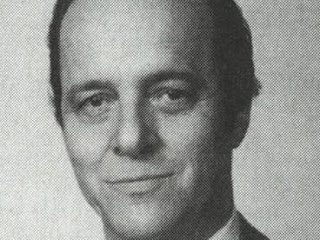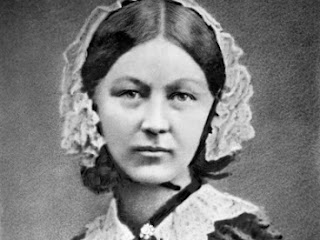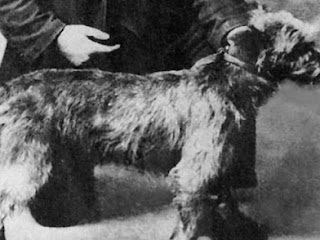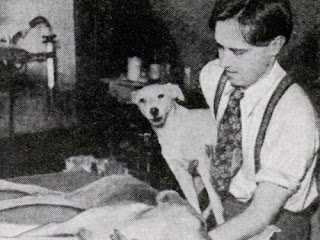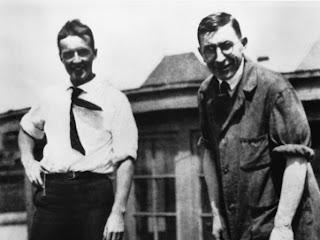A dog named Esmeralda made history as the first recipient to a silicone breast implant.
 |
| Dr. Frank Gerow |
Breast augmentation began in the 1890s, and a variety of materials were used such as glass balls, ivory, ox cartilage, sponges and paraffin to enhance the look of the breasts with poor results and dangerous side effects. A safer solution did not come about until the early 1960s when two plastic surgeons from the US, Frank Gerow and Thomas Cronin, created the first silicone implant with the help of Dow Corning. It all started when Gerow handled a bag of blood and noticed that it felt a lot like a woman's breast.
The first test subject for the implant was a dog named Esmeralda. According to Thomas Biggs, a junior resident working with Gerow and Cronin, "I was in charge of the dog. The implant was inserted under the skin and left for a couple of weeks, until she chewed at her stitches and it had to be removed." The surgery was deemed a success and Gerow declared that the implants were harmless. Soon after, in 1962, Timmie Jean Lindsey became the first human to receive the implants.

